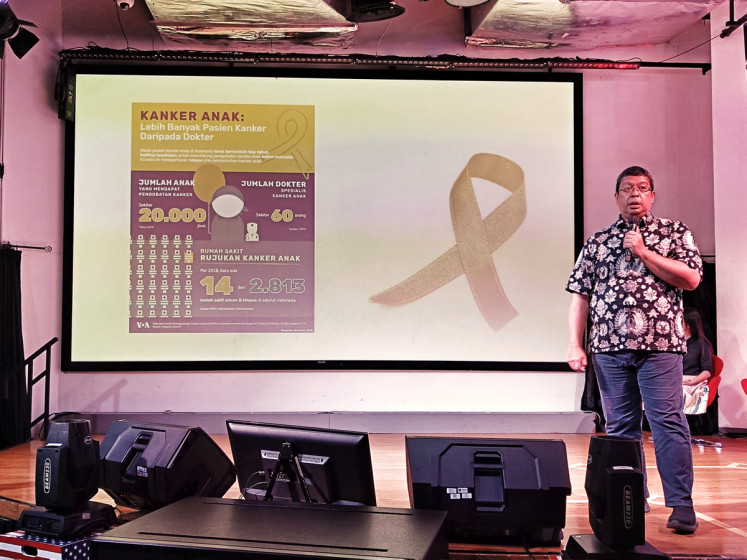
DiYES International School – Leukemia is the most common type of childhood cancer in Indonesia, with a significant rise in cases over recent years. One of the most heart-wrenching stories that recently went viral is that of 6-year-old Devin Nur Faeyza, who has been battling leukemia. Her case is not unique, as many children in the country are facing similar battles. According to the Global Burden of Cancer (Globocan) data between 2008 and 2022, childhood cancer rates in Indonesia have risen by as much as 40%. This surge has brought leukemia, particularly blood cancers, to the forefront of health concerns for children in the country.
The data from Globocan 2022 highlights the prevalence of leukemia in Indonesian children. Among the various types of cancer, leukemia remains the most commonly diagnosed. The breakdown of cases for the year 2022 is as follows:
“Read about: Shocking Increase in Diabetes Cases Among Children in Batu City”
While the exact causes of childhood cancer remain uncertain, several risk factors have been identified that could contribute to the development of leukemia. One of the most significant risk factors is obesity, which can lead to chronic inflammation in the body. This chronic inflammation is thought to support the growth of abnormal cells, potentially leading to cancer. According to Prof. Dr. I Dewa Gede Ugrasena, a prominent pediatric health expert from Airlangga University, obesity causes an excess of fat in the body, which can lead to persistent inflammation.
The effects of chronic inflammation, particularly in children, could create an environment conducive to the development of abnormal cells that may evolve into cancer. Children with obesity are also more likely to experience hormonal and metabolic imbalances, which can further increase the risk of developing abnormal cells. These imbalances, including increased insulin levels, may promote mutations or uncontrolled cell proliferation, both of which are precursors to cancer.
Prof. Ugrasena stresses that while there is evidence linking obesity to cancer, further research is needed to confirm the full extent of this connection.
“Read more: Geng Gemes: Educating Street Children and Orphans in Surabaya”
Echoing these concerns, Dr. Eddy Supriyadi, Chairman of the Pediatric Hemato-Oncology Working Group at the Indonesian Pediatric Association (IDAI), highlighted the need for comprehensive research to better understand the relationship between childhood obesity and cancer. Dr. Supriyadi advocates for a national study that would examine how obesity correlates with the incidence of childhood cancer. Such a study would help identify the proportion of children with cancer who also have obesity and provide valuable data on the nutritional status of children diagnosed with cancer.
He also noted that childhood cancer, in terms of its biological profile, differs significantly from cancer in adults. While cancer in adults is often link to lifestyle factors such as diet and environment, childhood cancers are more often influence by genetic factors. Furthermore, childhood cancers are typically more acute and can develop suddenly, making early detection and treatment critical.
This growing body of knowledge points to the need for ongoing research and monitoring to better understand the causes of leukemia and other childhood cancers. Efforts to improve data collection and national health registries, especially those focused on the nutritional status of children, could play a crucial role in combating this rise in cancer cases.